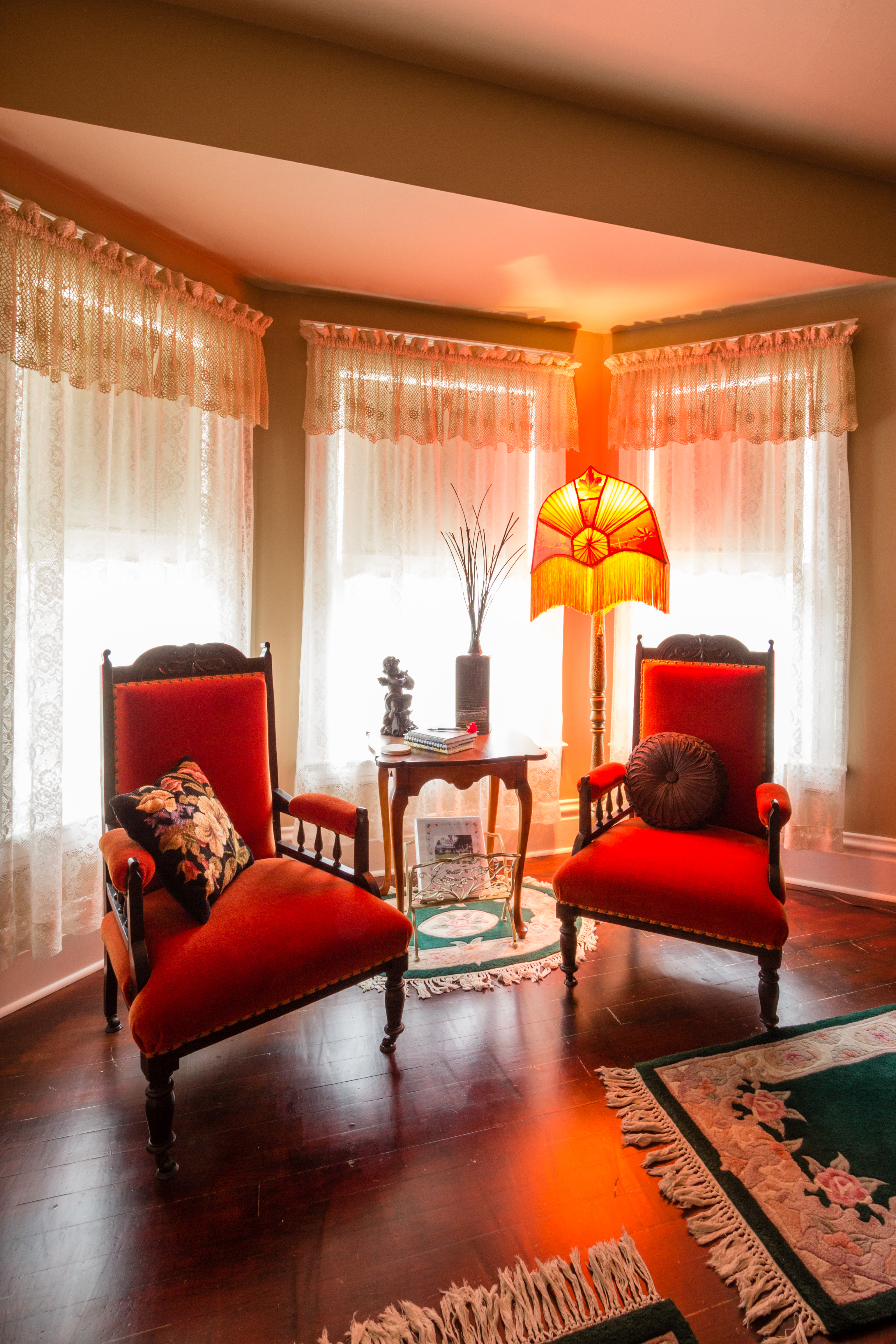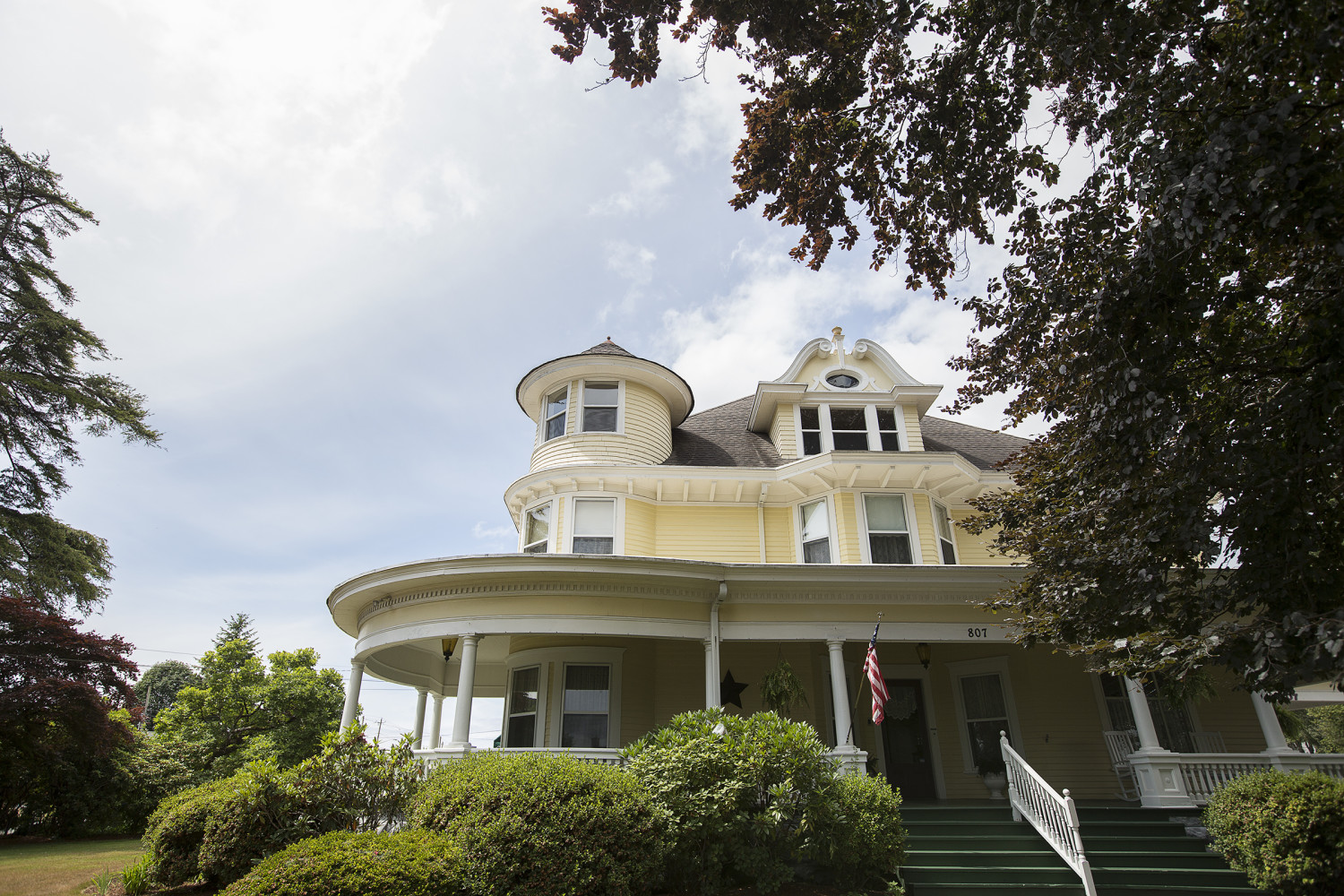
(Gabe Green | The Daily World)
The Aberdeen Mansion will be featuring several remodeled rooms during it’s fundraising event on Saturday starting at 2 p.m.
It was heralded in The Aberdeen World as a testament to the skills of Aberdeen workmanship. Said an April 5, 1905, news article: “After six months of continuous work, J.H. Marshall and his crew of craftsmen have finished the Edward Hulbert residence on fifth street.”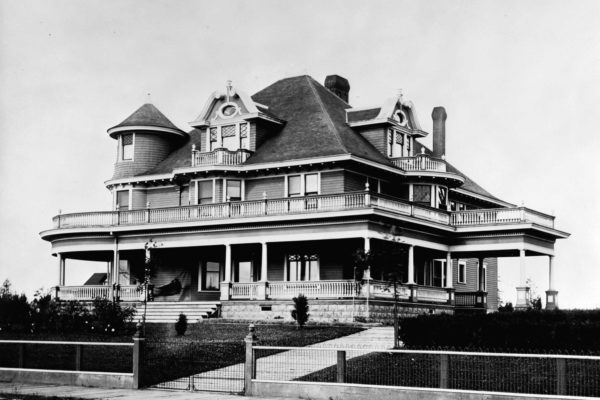
Little did they know at the time that today, more than 100 years later, the residence would remain largely as it was intended, a home that the whole community could celebrate.
The home at 807 North M St. had such singular stature that it would eventually become known, as it still is today, simply as The Aberdeen Mansion. It was added to the Aberdeen Historic Register by the City Council in May of 2014.
Though neighborhoods have grown up around the house, it still has largely unobstructed views of Aberdeen from the top of its fourth floor and remains one of Aberdeen’s signature locations thanks, in large part, to its current owners’ diligence in keeping it so.
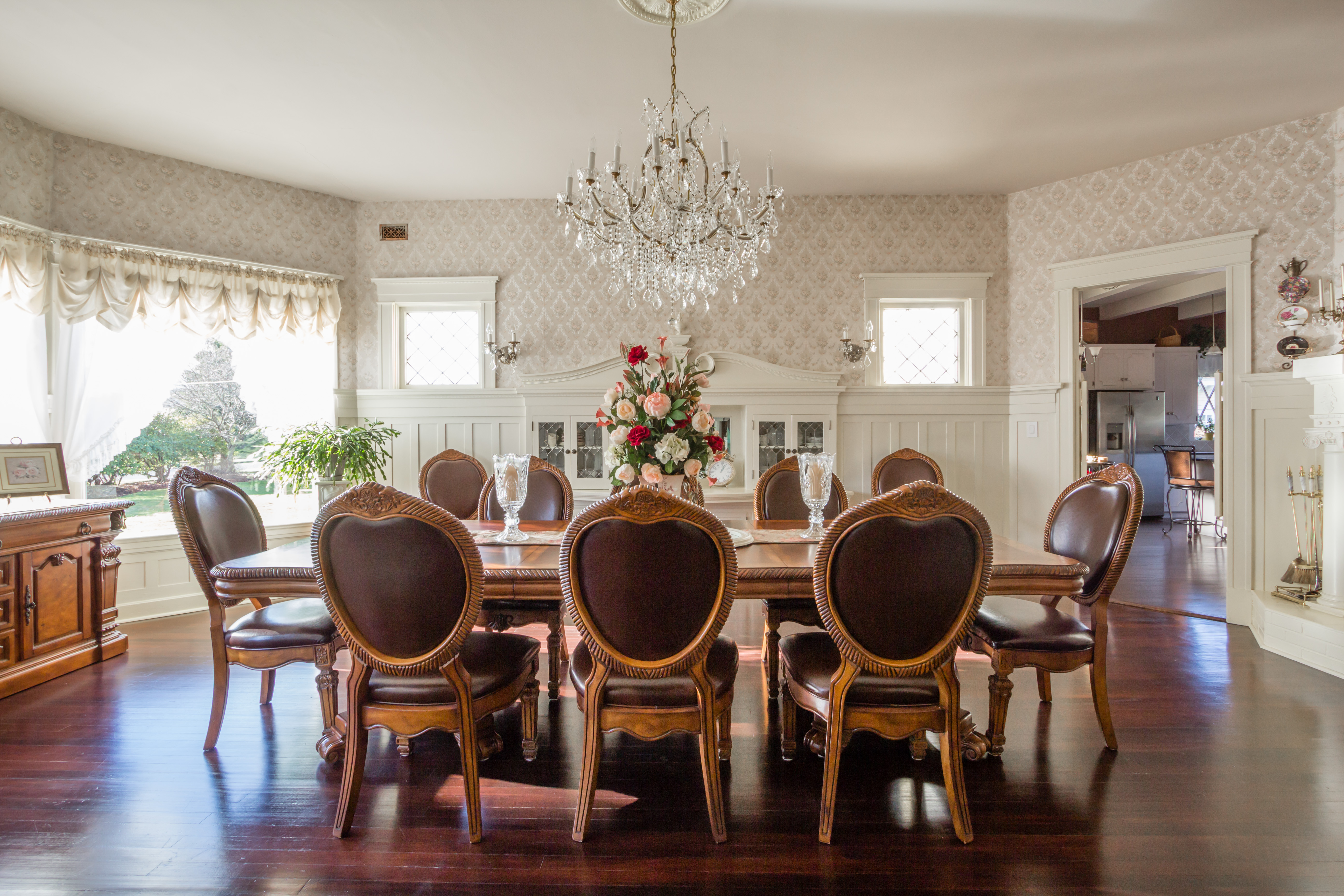
“We felt we had to share it with the community,” said Joan Waters from the lovingly-restored living room of her home. “The first time we walked inside, we both agreed it must be shared.”
The “we” she refers to includes her husband Al.
They had no intention of buying the home when the two retirees from Kirkland first looked at it. In fact, they had an entirely different location in mind when they came to the Harbor. It was only because of the insistence of their real estate agent that they even looked at the mansion that just happened to then be on the market.
They admit that when they walked inside the original Hulbert home, Joan immediately fell in love.
“I wasn’t out of the foyer before I was tugging on Al’s sleeve,” Joan explained. She knew she wanted the home.
By December of that year, they had moved in.
And once inside the historic home, they began to dig into its past.
If these locally built walls could talk.
Aberdeen at the turn of the century was a gold mine for industrious dealmakers seeking their fortunes on the promise of — what seemed like — the boundless wealth of Washington’s natural resources. Edward Hulbert (1855-1918) took one look around Aberdeen and decided to stake such a claim on the area.
Hulbert’s first challenge was rebuilding after a devastating 1903 fire that destroyed most of the burgeoning town. But rebuild he did, securing what would become the Hulbert Mill and investing in lumber and mill companies throughout the Pacific Northwest.
While he focused on building his fortune, his young Canadian wife, Laura, focused on their family of seven children.
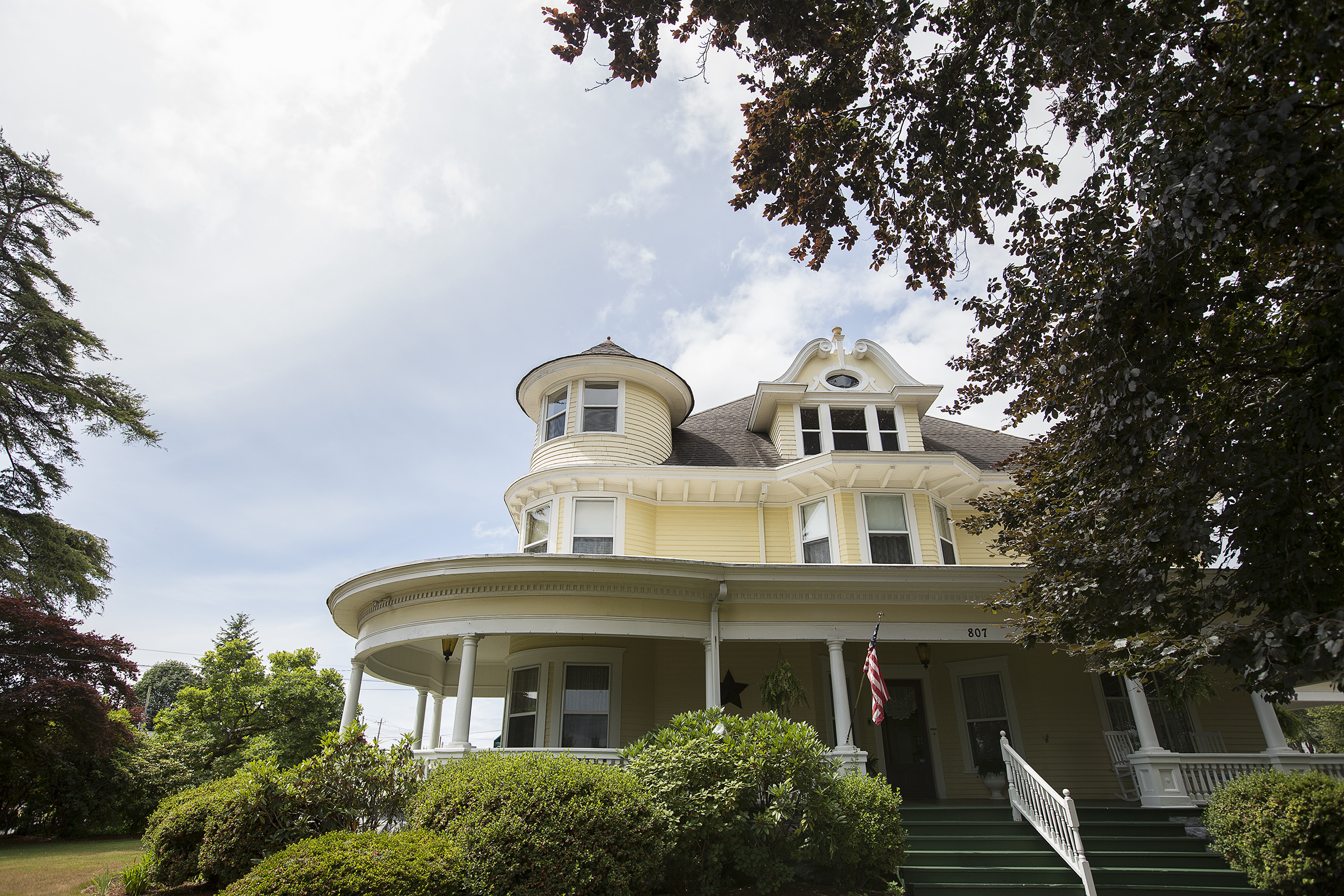
(Gabe Green | The Daily World)
The Aberdeen Mansion will be featuring several remodeled rooms during it’s fundraising event on Saturday starting at 2 p.m.
An impressive home atop the city in which he was prospering seemed only fitting.
The home’s foundational stone was quarried in the county and naturally, all of its wood beams were made from local wood and milled in Hulbert’s own mills. The home stood as a beacon of prosperity and was proof positive of Aberdeen’s potential. The five-bedroom home became a showpiece for a prosperous town, befitting one of its most successful businessmen.
Though Edward Hulbert passed away only 13 years into his life on the Harbor, his wife Laura continued to nurture and celebrate their family in the home her husband built. Thirty years after moving in, Laura passed away in their bedroom.
The now large Hulbert family decided to sell the family home.
By June 1935, a new family started it’s own history in the home.
A New Yorker by way of California, Lincoln Draper was also a lumber executive — he owned Mill 6 Logging Supply — when he and his Washingtonian wife Teresa, along with their three children, moved in to the home.
The Drapers reveled in the glamour of the home ensuring that each of the Draper kids — Richard, Virginia and Dorothy — were celebrated in style as they grew up. The home became a showpiece of Mr. Draper’s success. For the next three decades the Drapers enjoyed the high society life in Aberdeen with their stately home as the centerpiece of their lives.
Like the matriarch before her, Teresa’s passing in the home in 1962 shepherded in the home’s next chapter.
When John and Bobbie Robinson bought the home later that year, they did so after dreaming about it for more than a decade. Owners of the J.J. Robinson Paint Co., the couple instantly set about dialing down the opulence of the house and returning it to the comfort of a private home. In reporting on the purchase, The Aberdeen Daily World explained that Mrs. Robinson had taken the maid and butler bells out of commission and insisted on being the main housekeeper and chef in the home (with a once a week house cleaner). Over the years, the home often hosted formal public events, but the Robinsons emphasized it as a private home and limited the formal events to twice-a-year occasions.
After the Robinsons passed away, the home was again on the market and in 1993, Mitchell and Karen Pavletich saw the home’s potential for business and purchased it. They quickly set about turning the vintage home into a bed and breakfast.
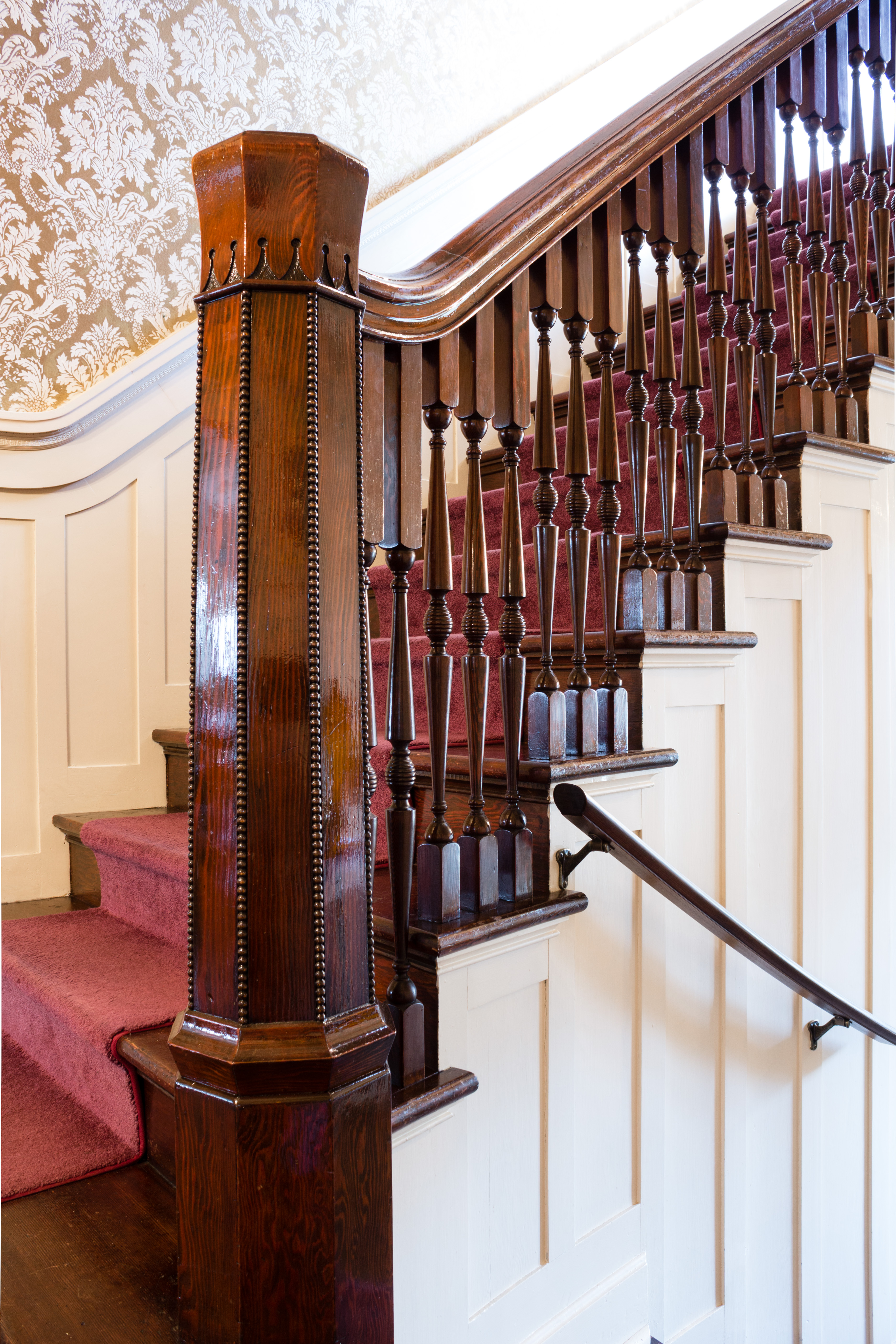
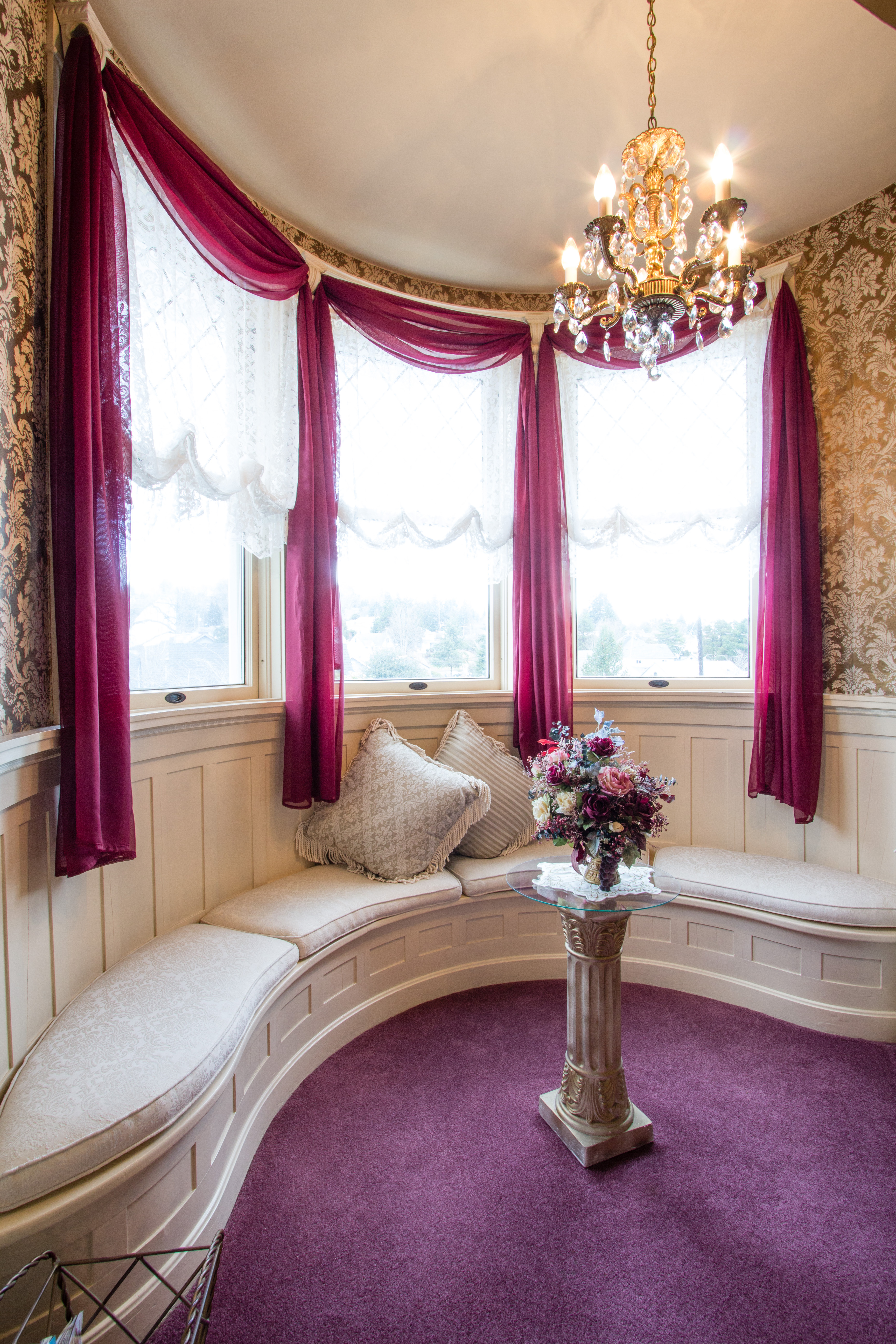
They opened The Aberdeen Mansion Bed and Breakfast Inn in March of 1994 and set about welcoming guests from around the world to the now 18-room, seven bathroom structure. They named the guest rooms as a wink to its former inhabitants and showed off the original claw foot tub that was a feature in one of the bathrooms. Karen made breakfast for all the guests and accommodation rates ranged from $75-$95 a night. The Pavletichs marveled at the queries from far and wide, including interest from the extended Hulbert family.
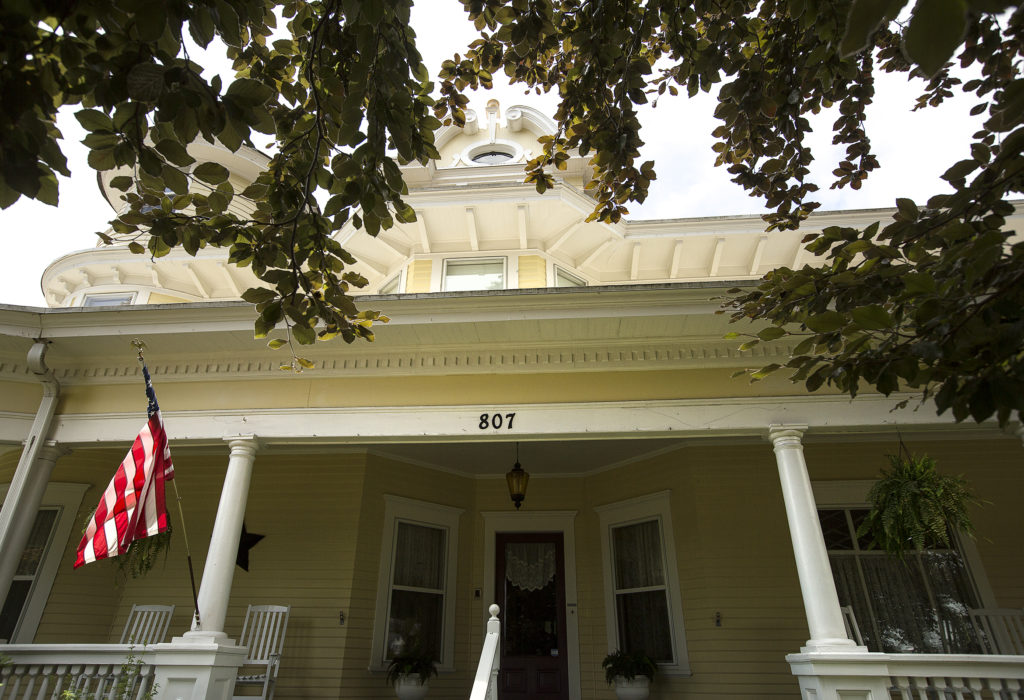
(Gabe Green | The Daily World)
The Aberdeen Mansion will be featuring several remodeled rooms during it’s fundraising event on Saturday starting at 2 p.m.
Their business venture was a hit, garnering mentions in travel media from near and far. The couple reveled in the experience — and the home, celebrating it with their family and growing brood of grandchildren.
But their stay would be the briefest of all of the owners. By the late 1990s the home was again for sale.
It was in 1997 that the Waterses were merely being kind to their real estate agent when they walked inside the Aberdeen Mansion and fell in love with it.
Moving into the home business in1998, they kept the inn business running for almost another decade, until 2008.
“We still host long-stay residents, like doctors or nurses who need temporary housing,” Al explained. “But we prefer to not manage the day-to-day turnaround of guests anymore.”
Today, the Waterses host many community functions, regular long-stay guests and have allowed the old coach house in the back to be used as a small business for a local manicurist. The house still boasts many of its original details, from its still functioning claw-footed bathtub to the main staircase railing that goes back to the house’s origins. Those original aspects that the home retains are what inspires the Waterses to keep the details of the home’s many chapters.
“I save every clipping, every mention, all of it going back to the day this beautiful home was born,” Joan explained. “If we’ve done a good job caretaking it, then it will be here for another 100 years, so it’s important that we tell its story.”
Added Al, “We feel very lucky to be just a tiny part of its story.”
